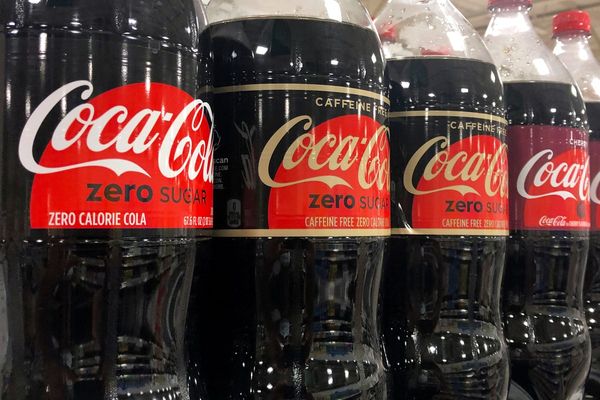
The United States has officially entered its "CashApp me, bro" era.
In a move that feels straight out of an SNL skit, the U.S. Treasury Department now accepts PayPal (PYPL) and Venmo donations to help pay down the national debt. That’s right; if you’ve got a few bucks left after rent, gas, and groceries, you can Venmo a “gift” right to Uncle Sam.
But with U.S. debt topping $37 trillion, is this donation portal to pay down the national debt just symbolic patriotism, a desperate PR stunt… or a serious warning signal flashing bright red across the global financial system?
Let’s break it down…
National Debt by the Numbers
As of last Friday, the U.S. national debt stood at $36,721,531,033,603 — and yes, that’s trillions.
That’s up $34.5 billion from the previous day alone, meaning we’re basically burning through the equivalent of the entire GDP of Iceland every 24 hours.
For perspective:
- 40 years ago, U.S. debt was $907 billion.
- That means debt has grown over 4,000% since 1984
- $67.3 million has been donated to pay the debt since 1996…
- …Equivalent to about 20 minutes of debt accumulation
The Comic Relief: Venmo the Government?
So now, yes, you can literally Venmo the U.S. government.
Here’s John Rowland, CMT, and our own “Twitter Tom” discussing the news on the July 25, 2025 livestream of Market on Close:
So should we send rent, or just split the Pentagon’s lunch tab…?
Why It Matters
While the idea of donating to the government via Venmo might seem laughable (if perhaps a noble cause), it’s also symbolic of a deeper concern: Has the U.S. completely lost control of its financial future?
Experts like Ray Dalio, founder of Bridgewater Associates, have been raising alarm bells. In a June 3 social media post, he warned, “The government’s financial condition is at an inflection point... If not dealt with now, debts will build to unmanageable levels.”
Big picture, Dalio believes we could be spending “about 200 percent of the money coming in” each year just servicing debt.
What’s Driving the Debt?
- Massive Deficits: The U.S. spends far more than it earns. Tax cuts, military budgets, interest payments — it adds up.
- Political Gridlock: Efforts to cut spending or raise taxes are often DOA in Congress.
- Global Investor Skepticism: The world is still buying U.S. bonds, but at higher interest rates, reflecting rising doubt.
- Dollar Weakness: The USD has fallen 10–15% against other major currencies this year, adding more complexity.
What Could Go Wrong?
In his post, Dalio lays out three possible future scenarios:
- Drastic spending cuts or tax hikes (aka political suicide)
- Money printing (leads to inflation & inequality)
- Default (global financial meltdown)
Yikes.
What Should Investors Do?
It’s always smart to maintain some cautious positioning across at least a portion of a longer-term investing portfolio. That might include traditionally defensive equities, like consumer staples; precious metals, like gold and silver (which have become easily accessible to retail traders via exchange-traded products); alternative assets like Ethereum (ETHUSD) and Bitcoin (BTCUSD); and even some cash.
This conventional wisdom tracks with Dalio’s own conclusion to his June warning, where he wrote, “I suggest diversifying well in asset classes and countries that have strong income statements and balance sheets and are not having great internal political and external geopolitical conflicts, underweighting debt assets like bonds, and overweighting gold and a bit of bitcoin.”
On the date of publication, Barchart Insights did not have (either directly or indirectly) positions in any of the securities mentioned in this article. All information and data in this article is solely for informational purposes. For more information please view the Barchart Disclosure Policy here.






